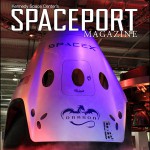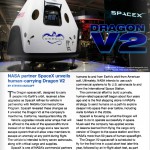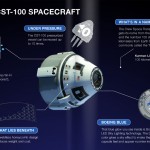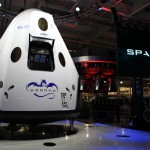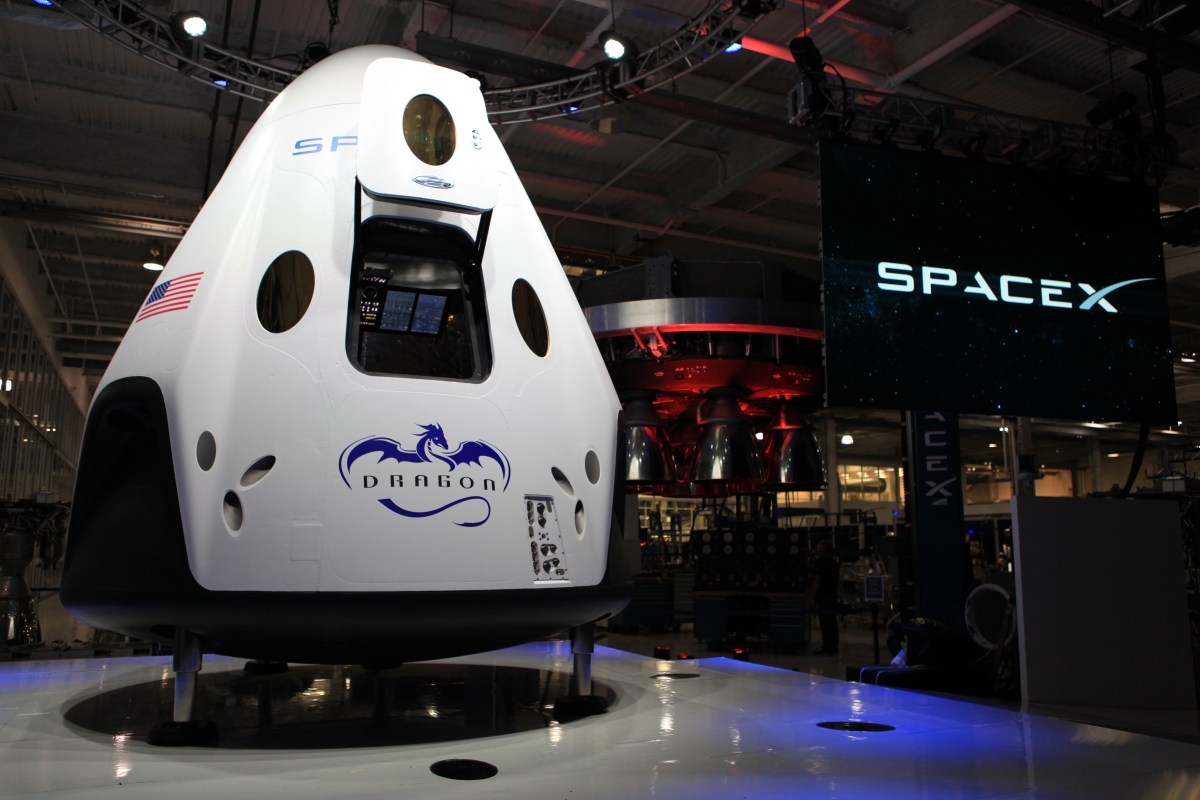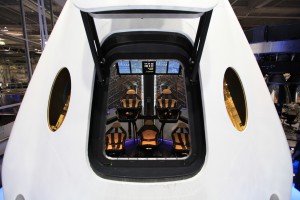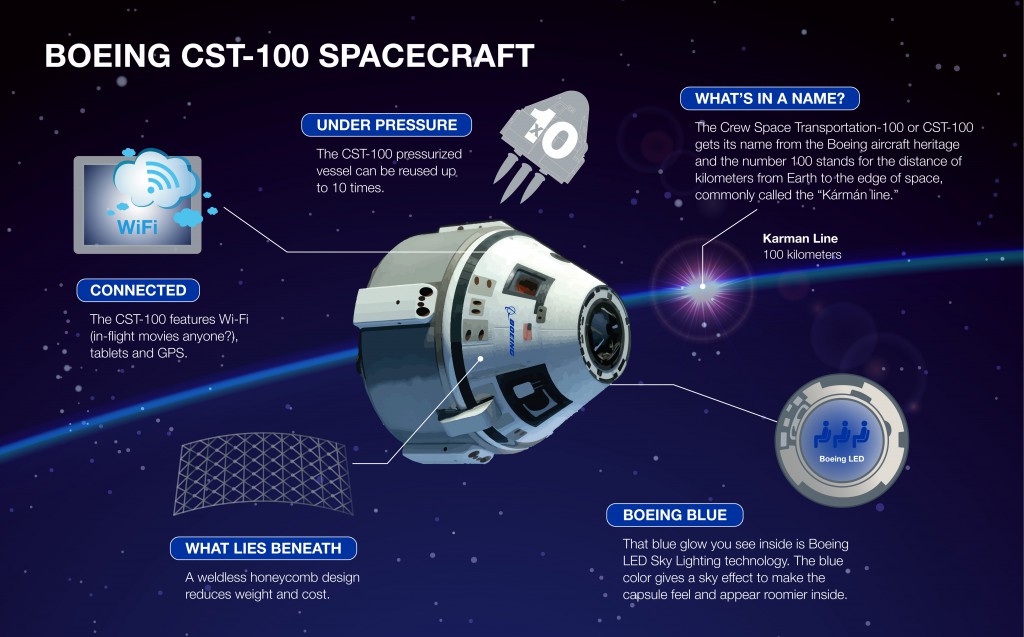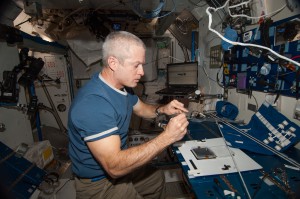Working with private companies to ferry astronauts to and from the International Space Station is a part of NASA’s stepping stone approach to the human exploration of Mars. The space agency is also incorporating lessons learned from space station research into plans for deep space missions aboard the Space Launch System and Orion spacecraft. Review the details of the agency’s exploration plan on the Human path to Mars mini poster.
Spaceport Magazine Features CCP Partners
NASA’s Commercial Crew Program partners are featured in the new edition of Kennedy Space Center’s Spaceport Magazine posted June 2. You can read the online magazine at the ISSUU digital newsstand or download the pdf.
First Certification Phase for Crewed Commercial Spacecraft Completed
NASA’s Commercial Crew Program and its aerospace industry partners completed the first phase of certification agreements today. Under the contracts, The Boeing Company, Sierra Nevada Corporation Space Systems (SNC) and Space Exploration Technologies (SpaceX) completed reviews detailing how each plans to meet NASA’s certification requirements to transport space station crew members to and from the orbiting laboratory. NASA awarded the contracts totaling $30 million in December 2012. Read details at http://go.nasa.gov/1kRkIgE
SpaceX Unveils Dragon V2
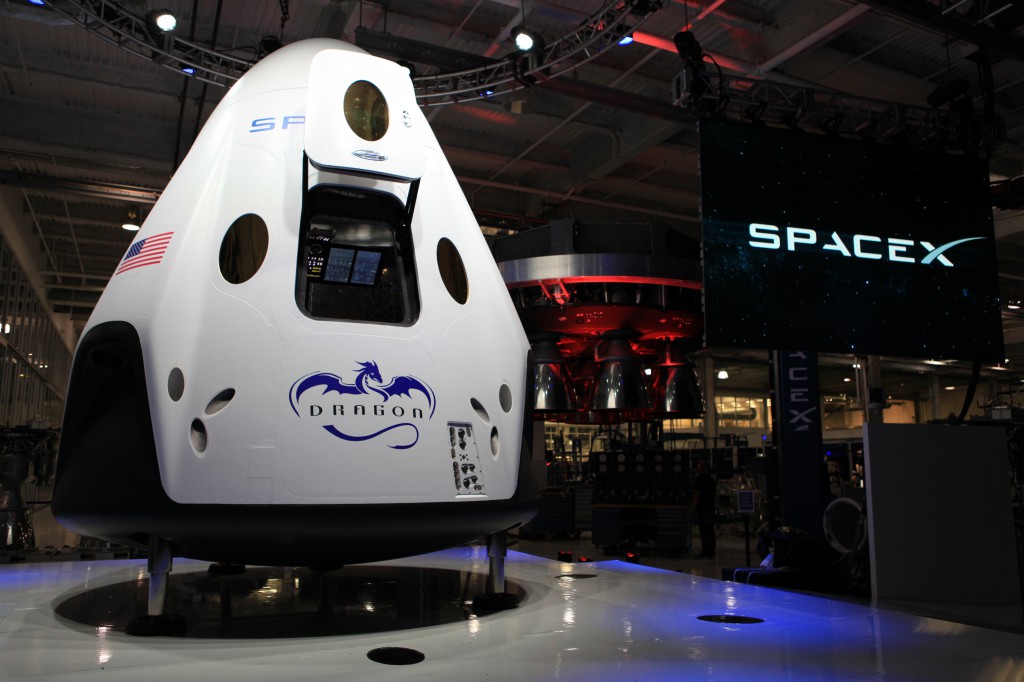
The Dragon spacecraft, designed to carry people into Earth’s orbit, received a few upgrades as SpaceX refines its vehicle in partnership with NASA’s Commercial Crew Program. Today, SpaceX revealed these changes as it unveiled the Dragon V2 at the company’s Hawthorne, California, headquarters.
Vehicle upgrades include solar arrays that will be affixed to the side of the spacecraft’s trunk instead of on fold-out wings and a new launch escape system that will allow crew members to escape an anomaly at any point during flight. The vehicle is intended to ferry seven astronauts, along with critical cargo and supplies.
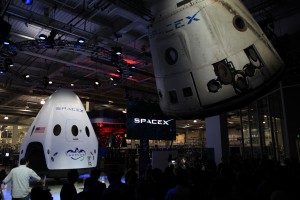 Other upgrades include larger windows, a larger hatch, and a redesigned outer mold line, which could make the trip more comfortable for passengers destined for orbit.
Other upgrades include larger windows, a larger hatch, and a redesigned outer mold line, which could make the trip more comfortable for passengers destined for orbit.
SpaceX is one of NASA’s commercial partners working to develop a new generation of U.S. spacecraft and rockets capable of transporting humans to and from Earth’s orbit from American soil. Ultimately, NASA intends to use such commercial systems to fly U.S. astronauts to and from the International Space Station.
Space Station Experiments Back on Earth

Three sets of completed science experiments from the International Space Station are back on Earth and headed to their principal investigators for further study. The three experiments studied biological aspects of long-duration spaceflight, something for which the space station is uniquely suited. Known as BRIC-18, Biotube-MICRo and APEX-02-2, the projects were carried to the station aboard the SpaceX-3 cargo resupply mission.
The astronauts on the station unloaded the payloads, conducted the research and repacked the spent experiments inside the capsule for safe return to Earth almost a month later.
Such research is vital for NASA’s plans to send astronauts into deep space to explore asteroids and Mars, missions that would last weeks, months and years. Enabling more of that research by providing more crew members and time to conduct it in space is one of the goals of the Commercial Crew Program which is partnering with aerospace industry to develop spacecraft to carry astronauts to low-Earth orbit.
For more details about the payloads and research detail, check out the in-depth feature at http://go.nasa.gov/1kkoxvc
Boeing Offers CST-100 Details
Boeing continues to develop the CST-100 in partnership with NASA’s Commercial Crew Program. The spacecraft is designed to launch humans to low-Earth orbit and return them safely. The aerospace company says it is drawing from its experiences designing airliners for CST-100’s interior and other elements of the new spacecraft.
NASA: Explorers Seek Adventure
Space Station Science Forum Today on NASA TV
Researchers and NASA managers will discuss details today about the extensive array of scientific work that has been under way on the International Space Station during an hourlong forum to be broadcast on NASA TV beginning at 3:30 p.m. EDT.
The research covers a wide area of specialties and specific experiments are chosen for inclusion in the station’s manifest based on a wide number of criteria. The factors include evaluating how the research can help NASA understand and prepare for the conditions humans will face when astronauts venture beyond Earth orbit in coming years to explore asteroids and Mars.
NASA’s Commercial Crew Program could enable a boost in the amount of future research on the orbiting laboratory by allowing a larger crew to work on the station, thus increasing the amount of time astronauts can devote to scientific duties.
Watch NASA TV to find out more, or go to www.nasa.gov/ntv to watch online.
Langley Lends Dream Chaser Team Expertise
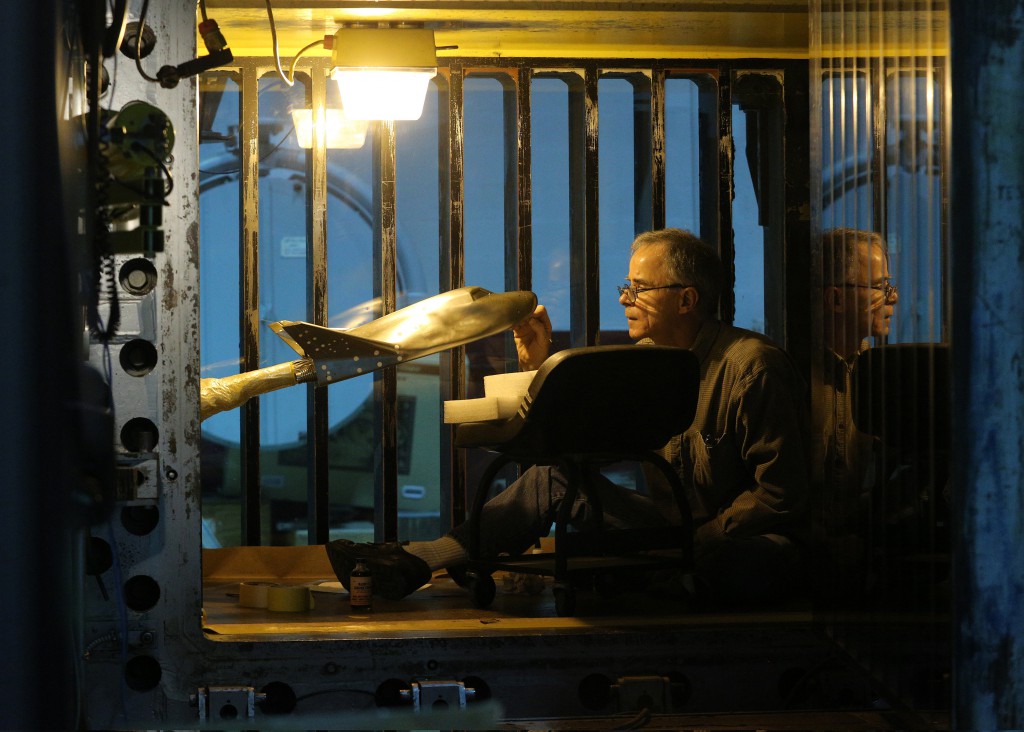 Technician Ricky Hall of NASA’s Langley Research Center hand-glued 250 grains of sand across a 22-inch long model of Sierra Nevada Corporation’s Dream Chaser spacecraft with meticulous effort and attention to detail. To learn more about the partnership watch the video below or read the feature story here.
Technician Ricky Hall of NASA’s Langley Research Center hand-glued 250 grains of sand across a 22-inch long model of Sierra Nevada Corporation’s Dream Chaser spacecraft with meticulous effort and attention to detail. To learn more about the partnership watch the video below or read the feature story here.
From Wind Tunnel Tests to Software Reviews, NASA’s Commercial Crew Partners Continue to Advance
 Working in wind tunnels, software laboratories and work stations across America, NASA’s Commercial Crew Program (CCP) partners continue to make strides in advancing the designs of the American spacecraft and rockets that will carry humans safely and reliably into low-Earth orbit from U.S. soil by 2017.
Working in wind tunnels, software laboratories and work stations across America, NASA’s Commercial Crew Program (CCP) partners continue to make strides in advancing the designs of the American spacecraft and rockets that will carry humans safely and reliably into low-Earth orbit from U.S. soil by 2017.
Blue Origin, The Boeing Company, Sierra Nevada Corporation (SNC) and Space Exploration Technologies (SpaceX) are accomplishing milestones established through Space Act Agreements as part of the agency’s Commercial Crew Development Round 2 and Commercial Crew Integrated Capability initiatives.
CCP’s engineering team is working closely with its partners as they develop the next generation of crewed spacecraft and work toward challenging evaluations and tests this year. Ultimately, NASA intends to certify and use American-made commercial systems to fly astronauts from U.S. soil to the International Space Station, and back, ending our sole reliance on Russia to get to space.
“What we have seen from our industry partners is a determination to make their components and systems work reliably, and in turn they’ve been able to demonstrate the complex machinery that makes spaceflight possible will also work as planned,” said Kathy Lueders, Commercial Crew Program manager. “These next few months will continue to raise the bar for achievement by our partners.”
Read details here.


